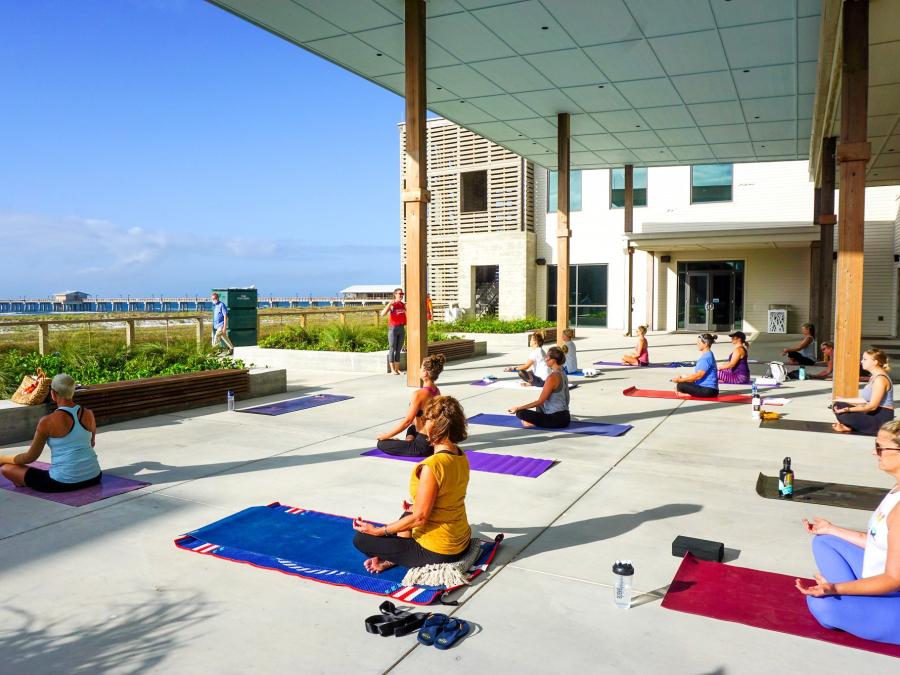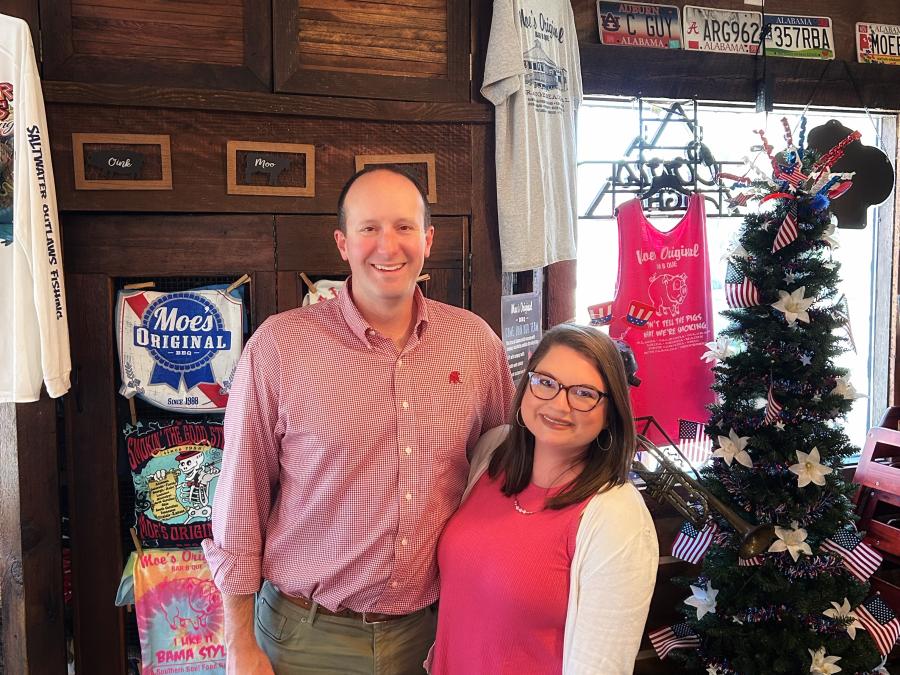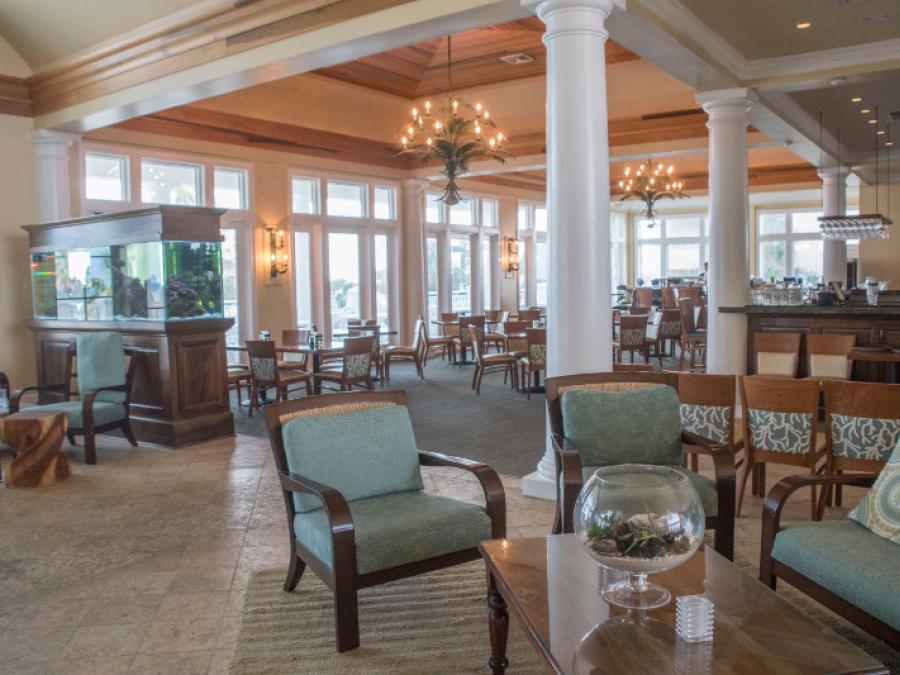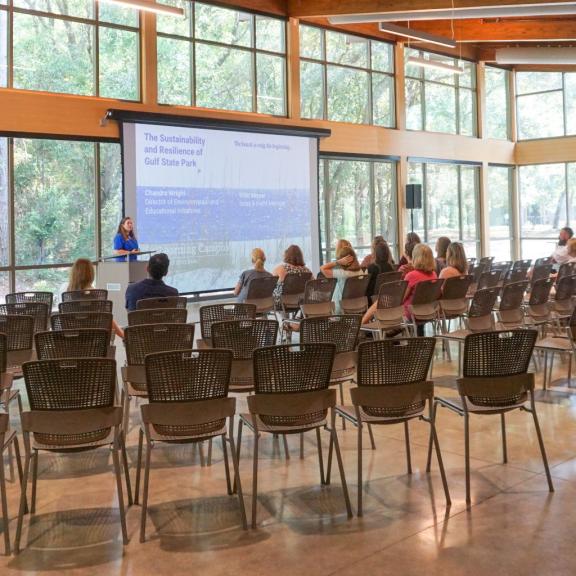
Small-Scale Meetings
in Gulf Shores & Orange Beach
Are you one of the many meeting planners who work to make big impacts with small meetings? More and more associations and brands are calling on venues to offer spaces geared toward more casual meetings and comfortable spaces. Planners are asking venues and destinations to reboot their idea of traditional meetings and gear them to groups of 25 or smaller.
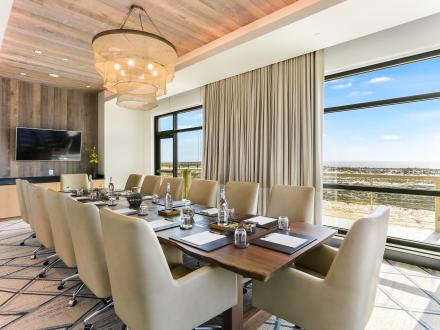
Over the last few years, many groups have moved away from large-scale meetings and are opting for intimate retreats for various segments of their companies or associations. Smaller meetings appeal to socially-minded individuals, especially young professionals and up-and-coming executives. This style of meeting gives attendees a sense of community and collaboration. It breaks down the barriers of communication, making it easier to network.
Small meetings lend more flexibility in planning. Without the need for a large banquet room that seats 1,000 in a classroom setting, meeting planners can choose executive boardrooms, conference rooms, and even unique venues. It’s easy to think outside the box and move a meeting beachside for an afternoon idea-generation session when your numbers are small. Big ideas can come from small meetings. There’s a trend of “disruptiveness” in meetings that appeals to young professionals. To fully embrace creativity and new ideas, many attendees will need to recharge their mental batteries during a meeting. This means providing outlets to decompress, and that’s easier to accomplish in a small-group setting.
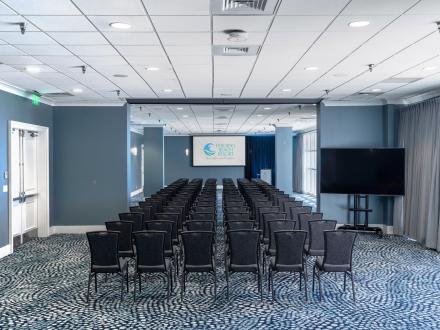
In addition to regular meeting rooms, planners are also utilizing small nooks for breakout meetings. While the space may not be intended for these purposes, planners and attendees are getting creative and taking advantage of any spot with a couch or comfortable seating. Planners and venues are learning to embrace this “collaborative seating” idea and are providing charging stations and other necessities in these areas where lounge seating has become part of the meeting.


